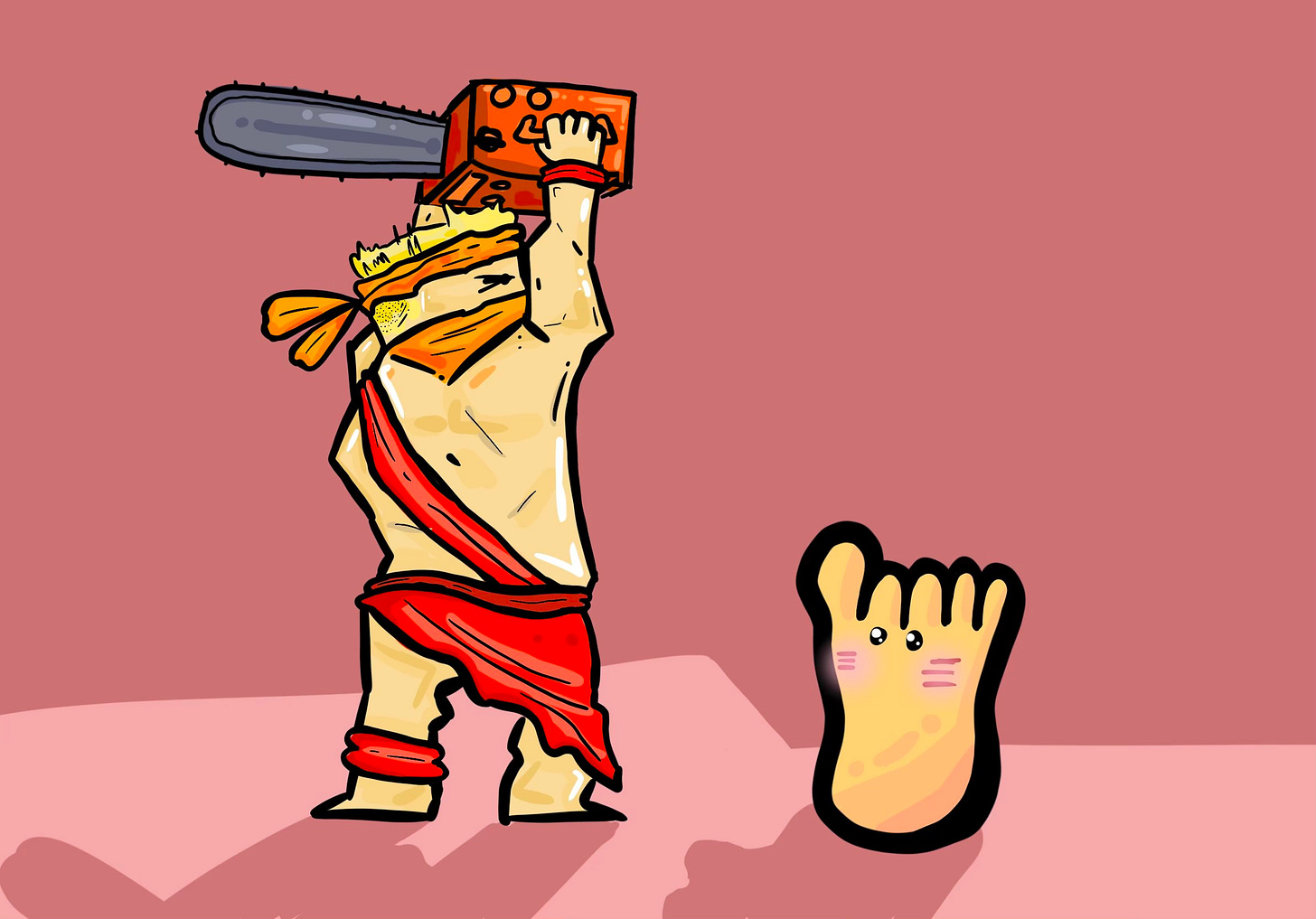A standard line of iambic pentameter is five “feet,” each of which is an “iamb”—an unstressed, then a stressed syllable. Or so says the classical theory of English meter. Similarly, trochaic hexameter is four trochees (stressed-then-unstressed). This theory may as well have been designed to scare people away, as if reading metric poetry weren’t rare and intimidating enough. You think you’re enjoying one of Shakespeare’s sonnets:
When in disgrace with fortune and men’s eyes, I all alone beweep my outcast state, And trouble deaf heav’n with my bootless cries, And look upon myself and curse my fate.
But then the teacher asks if you can find the iambs and the trochees, and if you aren’t sure or can’t tell, you’re not getting it, and should probably drop out and content yourself with Edgar Allan Poe (“The Raven”: trochaic octameter). Luckily for us, the theory is false, and the tables turned: all those critics scouring the annals of English verse for amphibrachs are unmasked as blindfolded junior campers sent to hunt snipe, worthy of our mirth or our pity.
The first argument against feet is that, if they exist, readers are unaware of them. The alleged division of the sonnet’s first line into feet gives
When in | disgrace | with for | tune and | men’s eyes,
But if I had asked you, before drawing those bars, into what units or parts the line fell, you would not have produced these groups. You might have pointed to individual worlds; you might have pointed to larger phrases (“with fortune and men’s eyes”); but never would you have suggested that the syllables “with for-“ go together; ditto, for the pair “-tune and.” And if no one hears the feet, surely that’s because they’re not there.
(Of course the pairs of syllables above are certainly in the poem; I’d be in a tough spot if, in denying that there are feet, I denied this. No, the claim being rejected is that those bar lines mark objective boundaries or divisions in the line, boundaries that are real in the way that boundaries between words, and between noun and verb phrases, and so on, are real.)
This argument, while I like it very much, is weak, since poetic feet may earn their existence without worming into the consciousness of lay poetry connoisseurs. You can’t see electrons, protons, or negative charge, but the well-tested theory of electromagnetism appeals to them, when it explains why rubbing a balloon on your head makes your hair stand up. For this and other explanatory achievements, electrons are known to exist, and electric charge known to be a real property. Similarly, poetic feet might be unobservable posits of the classical theory, and the theory, being excellent, might provide conclusive reasons to believe the feet are there.
To test this suggestion, we must know what a theory of poetic meter is supposed to do; then we may check how well the classical theory does those things. One thing it should do, clearly, is provide criteria for a stretch of language to be “metrical”: a machine, as it were, which when fed a string of syllables, will say “iambic pentameter,” or “trochaic trimeter,” or “not in any meter at all.” A second thing it should do, and this will be the focus of the argument to follow, is say how complex a metrical line is. Let me explain.
Keep reading with a 7-day free trial
Subscribe to Mostly Aesthetics to keep reading this post and get 7 days of free access to the full post archives.




